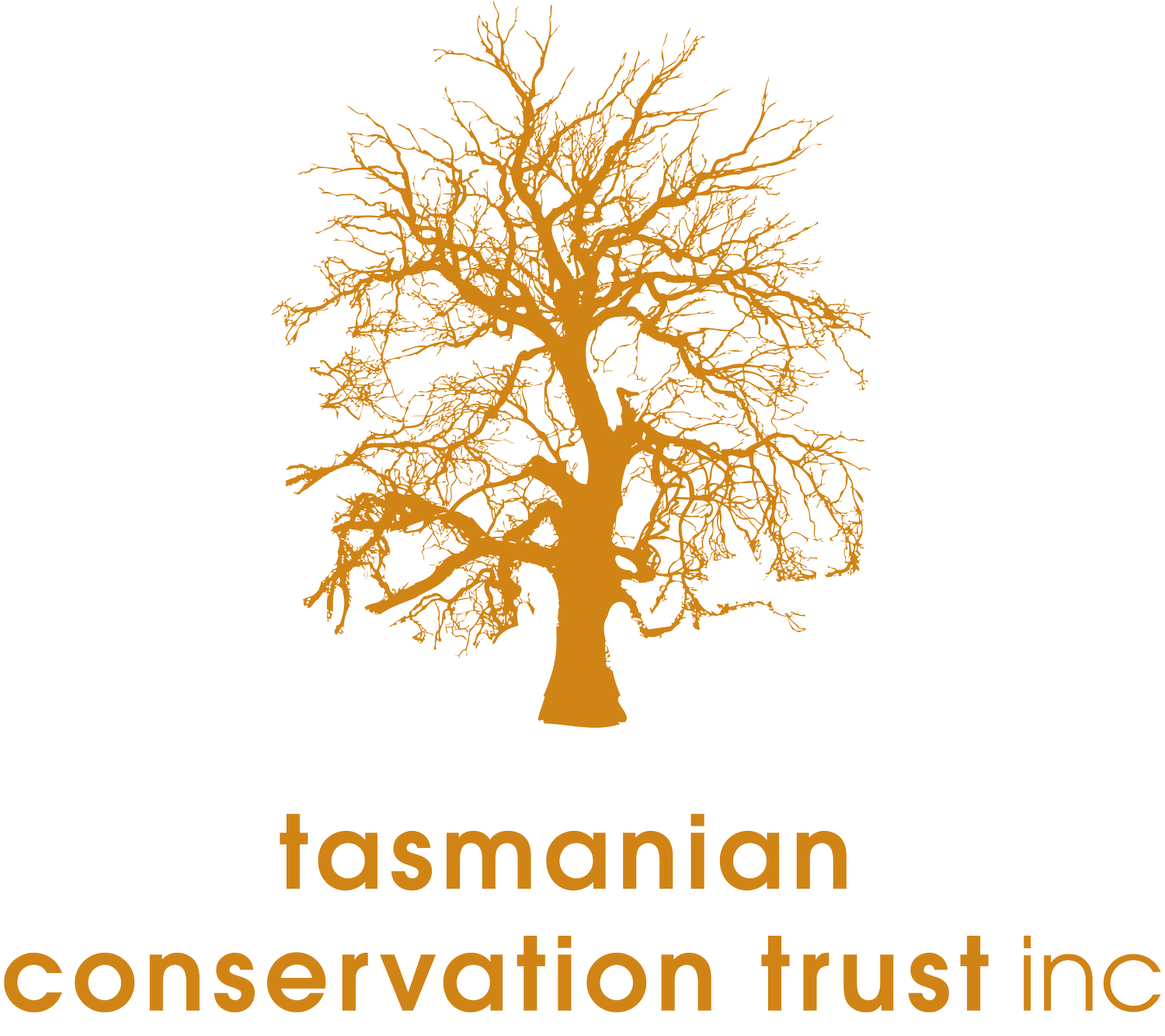The Launceston Field Naturalists Club was formed in October 1949 and went along quietly and successfully for many years with regular meetings and outings, until 1966 when its Vice President and Life Member John Skemp died. John was the last of his family and so he bequeathed the family property at Myrtle Bank to the club. This meant that the club went from a group with around £100 in the bank to owner of a 52ha subalpine property with financial commitments far in excess of its normal income, and as it was not incorporated, the club could not legally hold the property in its name.
Treating Wombats with Mange
Wombats with mange in Tasmania has been an ongoing problem for a very long time. In fact, at a meeting in June 2011 with the Wildlife Management Branch from the DPIPWE we were informed that there has been a ‘huge problem’ of mange on Flinders Island and that ‘it has been a problem for the past 20 years’. Other areas reported to have wombats with mange are, north-east Tasmania and north-west Tasmania, Primrose Sands, Copping, Bothwell, Central Highlands, Jericho, Colebrook, Narawntapu National Park and a recent report from Lake St Clair as well as Ben Lomond.
Land clearing at VDL
The TCT first became aware that the Van Diemens Land Company (VDL), based at Woolnorth in north-west Tasmania, was intending to clear native forests after reading an article from the Mercury newspaper, ‘$180m dairy plan a cash cow’ on 23 August 2011. The article included an unattributed comment that some of VDL’s 7000ha of forests would be cleared as a part of its planned dairy expansion. Since then we have received reports that VDL intended to clear 2500ha, and from another source 4000ha, of native forests. This scale of clearing on one property has been unheard of for many years in Tasmania and comes two and half years before the state government’s long-held commitment to ceasing all broadscale clearing on private land comes into effect. As far as we know, VDL has not yet made an application for a permit to clear native forest.
Mt Wellington Public Forum
People here can probably remember the weather the weekend before last. An intense cold front moved across the state on Friday, bringing fierce wind, heavy rain and snow down to 700 metres. It was sleeting in South Hobart and Dynnyrne. From Friday to Monday, the mountain was enveloped in a thick cloak of fast-moving cloud that every now and then permitted brief glimpses of snow-covered middle slopes. Then, on Monday, it cleared up – under a blue sky, the mountain looked resplendent, with not a skerrick of snow to be seen.
TCT challenges Pulp Mill in Supreme Court
On 20 April 2012 the Tasmanian Supreme Court ordered that the Tasmanian Conservation Trust is not required to pay a security bond to the court. The TCT was greatly relieved that the court dismissed Gunns’ application, requested that we pay a bond. We were also very encouraged that Associate Justice Stephen Holt concluded that the TCT’s ‘case has not been shown as lacking merit or weak’ (Paragraph 48, page 10). A full copy of the decision is available on the TCT’s website.
Agricultural and vet chemicals
Tasmania’s current approach to managing the use of agricultural and veterinary chemicals is largely based on out-of-date codes of practice from 2000 (aerial spraying) and 2001 (ground spraying) that rely on voluntary industry compliance with virtually no possibility of prosecutions for contraventions. The state government initiated a review of agricultural and veterinary chemicals management in 2008 and there were public consultation processes in April 2008 and in May 2011.
Devil Translocation to Maria Island
Tasmania Ground Zero for Toxoplasmosis
Tasmania’s ecology is now unstable – feral cats, disease in wildlife populations, climate change and habitat loss are progressively reducing the island’s biodiversity. In 1996 the Tasmanian Regional Forest Agreement documents cited research describing the Tasmanian devil population as overabundant and estimated its size at between 130,000 and 170,000 animals (an astonishing number of devils, amplified by the tens of thousands of 1080-poisoned marsupial bodies left in the bush and around farm edges).
Tasmanian birds slaughtered
Mt Wellington News
Giant Freezer Trawler may become a reality
I wrote an article for the August 2010 Tasmanian Conservationist about the renewed push to bring a large freezer trawler into Australian waters, and the threats posed by this type of factory ship to fish stocks, other marine life and the marine ecosystem. This industry proposal is now well advanced and appears to have the support from the Australian Fisheries Management Authority (AFMA).
Finally some good news on invasive species
On 17 May 2012 the state budget was delivered by the Premier and Treasurer, Lara Giddings, and there was a small but important surprise for those of us who had been waiting nearly three years for the Cat Management Act to be enacted (it was passed by the state parliament in November 2009 but has not yet commenced). In March this year, the Minister for Environment, Parks and Heritage, Brian Wightman, had finally confirmed that the act would commence on 1 July 2012 so some budget allocation was expected.


